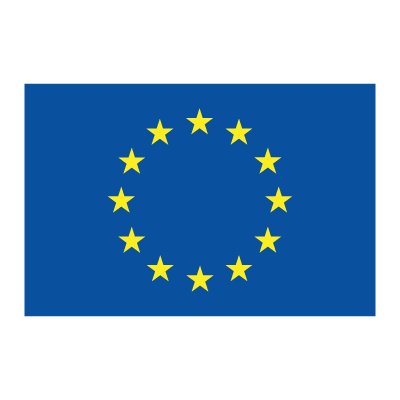About Readiness Level Indicator Tool
Are you involved in an energy community and are you considering the possibility for your community to provide energy flexibility or engage in peer-to-peer (P2P) energy exchange? As you probably already know, these are complex matters, so we created a Readiness Assessment Tool. It is a tool that is meant to help you get a grip on what peer-to-peer energy exchange would mean for your community.
This starts by creating definitions of P2P energy exchange, energy flexibility and energy communities. After that, the assessment tool is explained. First, it will help you analyze all the different (financial, social, technical) resources that your community currently has. It then helps you make a first assessment of how easy or difficult it would be for you and your community to adopt P2P energy exchange or energy flexibility.
What is P2P energy exchange?
In a peer-to-peer energy system, individuals (the peers) are equals and active contributors instead of mere consumers. For example, with P2P energy, some peers are the producers of energy, while other peers are the consumers of that energy. Very often individuals are both producers and consumers (so-called prosumers).What is a P2P energy community?
Peer-to-peer energy exchange can happen between individuals who don't have any other connection to each other. In that case, they are merely buyers and sellers, with an energy provider in between, which acts as the marketplace. It is more likely your visit here today is because you want to do more with your energy together with people you already know. In that case, you can get organized as a community and the members of the community become your peers, and you can exchange energy amongst yourselves. In that case, we speak of community P2P.Important to note is that in order for individuals to consume the energy produced by their peers, they may need to be flexible about when they consume energy. In some cases, it only counts as 'consuming energy from your peer' if they consume it at the same time as it is produced. That is why flexibility is also important.
What is flexibility?
Flexibility means adapting one's supply or consumption of energy to conditions on the electricity grid or the energy market. Sometimes that may mean that people turn on energy intensive appliances only at specific moments. Sometimes flexibility can be provided by the appliance remotely: by a battery or a heat pump. There are energy management platforms that enable users of an electricity system to become more flexible.Note that flexibility is more than P2P. Flexibility stands for any strategy to help balance demand and supply in the electricity network. The ultimate aim is to attain the most efficient use of the electricity network. Trading on the energy market means consuming when prices are low and supplying energy when it is high. It helps balance the electricity system on a national scale. This is an example of flexibility, but not of P2P. However, if supply and demand are balanced on a local scale, when individuals are consuming what their peers are producing, we talk of community self-consumption: in other words, community P2P.
The most important question: what does "ready" mean?
Since we have discussed the terms P2P and energy flexibility, you might be curious to find out whether they could benefit your community too, and, if they can, what you need to get ready in order to adopt these technologies."Ready" can mean many things. Being ready for something can mean that you want it. Being ready can also mean that you have the support of others. It can also mean that you have all the necessary equipment. Our questionnaire helps you to assess all those different ways of being ready.
We actually distinguish five ways to be ready. We call these five ways dimensions or domains of readiness. Each dimension comes with its own challenges. The dimensions are:
- User readiness: are your members willing and able to participate?
- Organizational readiness: do you have the papers and protocols to stand strong as a collective?
- Technological readiness: the more devices with flexible operation, the bigger your opportunity.
- Readiness of the market: can you exchange among peers? Do suppliers want to buy your energy?
- Institutional readiness: do you have all the rights necessary to take up these new roles in the energy system?
The questionnaires provide helpful questions to check where your community is at, in each of these dimensions.
Finally, readiness also depends on the phase you are in. When you have only just started to develop ideas with a few other enthusiasts in your neighbourhood about doing something with energy generation and self-consumption, it is not to be expected nor even necessary that all the (potential) users / energy community members are fully informed and engaged. But if you're ready to sign contracts and make purchasing decisions, obviously you need to be sure that everyone is on board!
That's why three phases are distinguished, each with its own set of 'readiness requirements':
- Created, but just starting
- Thinking about flexibility
- Becoming P2P ready
In the beginning of the questionnaire, you can indicate which phase you're in, and you'll get appropriate questions and suggestion accordingly.
Ready to start the tool? Click here...
